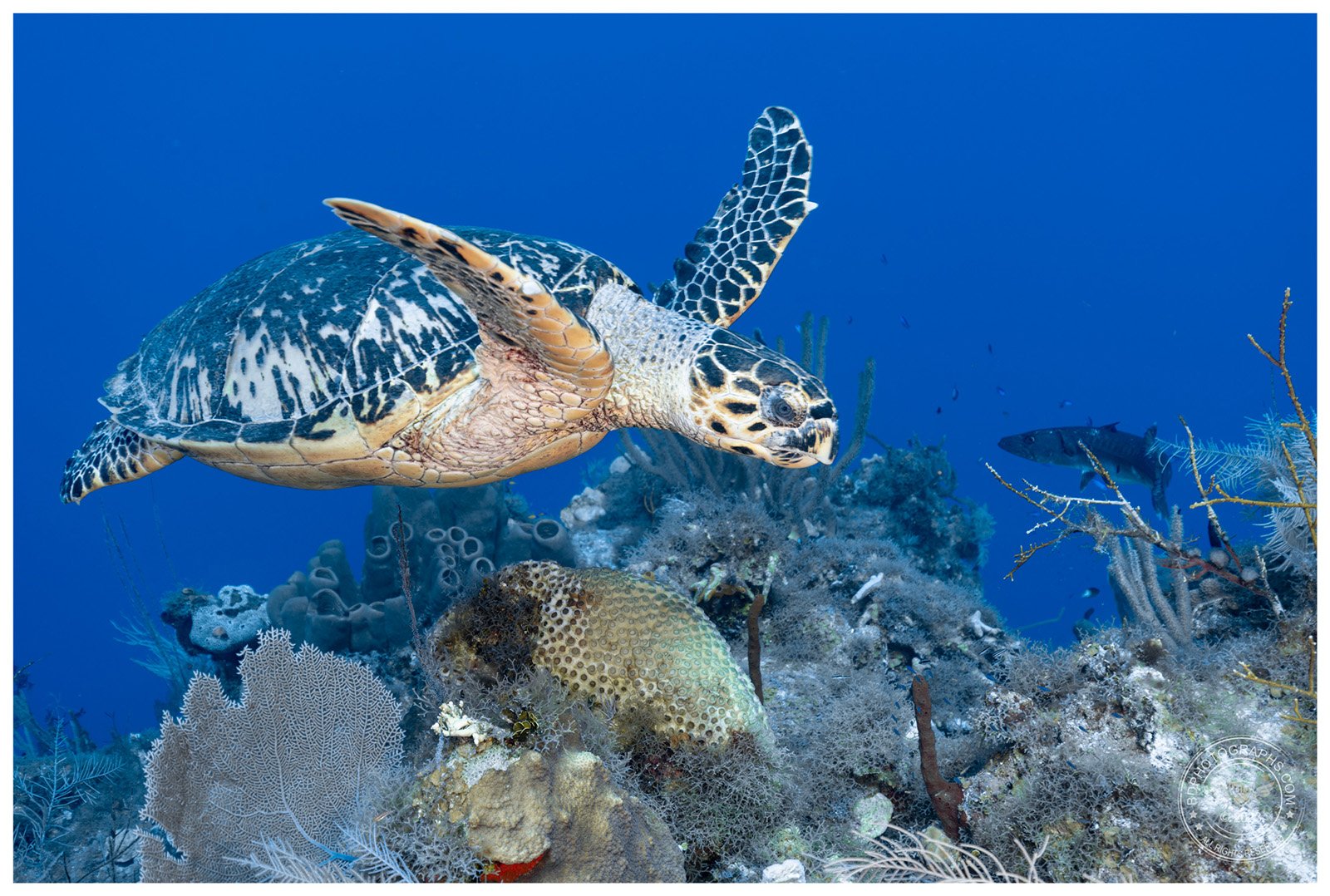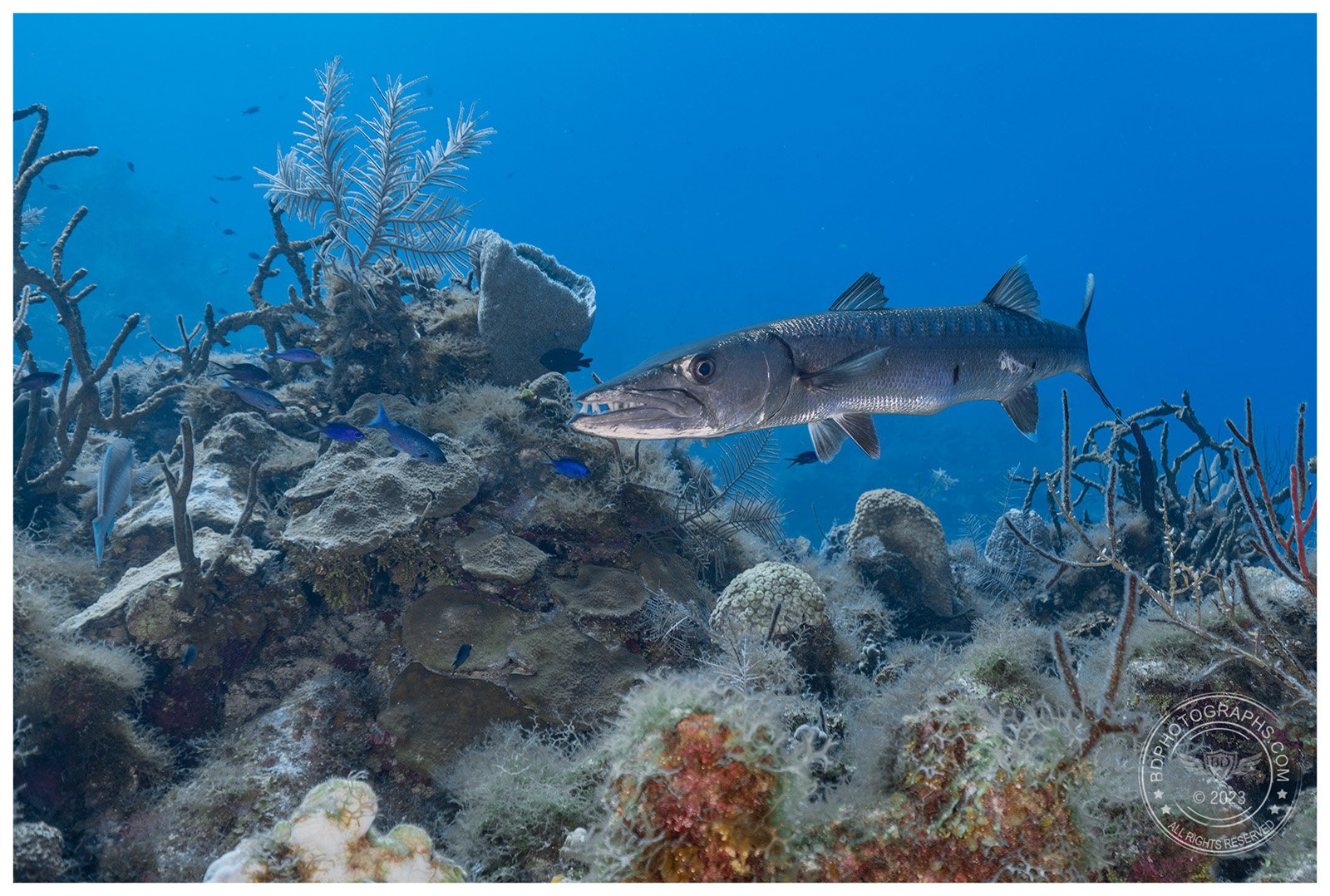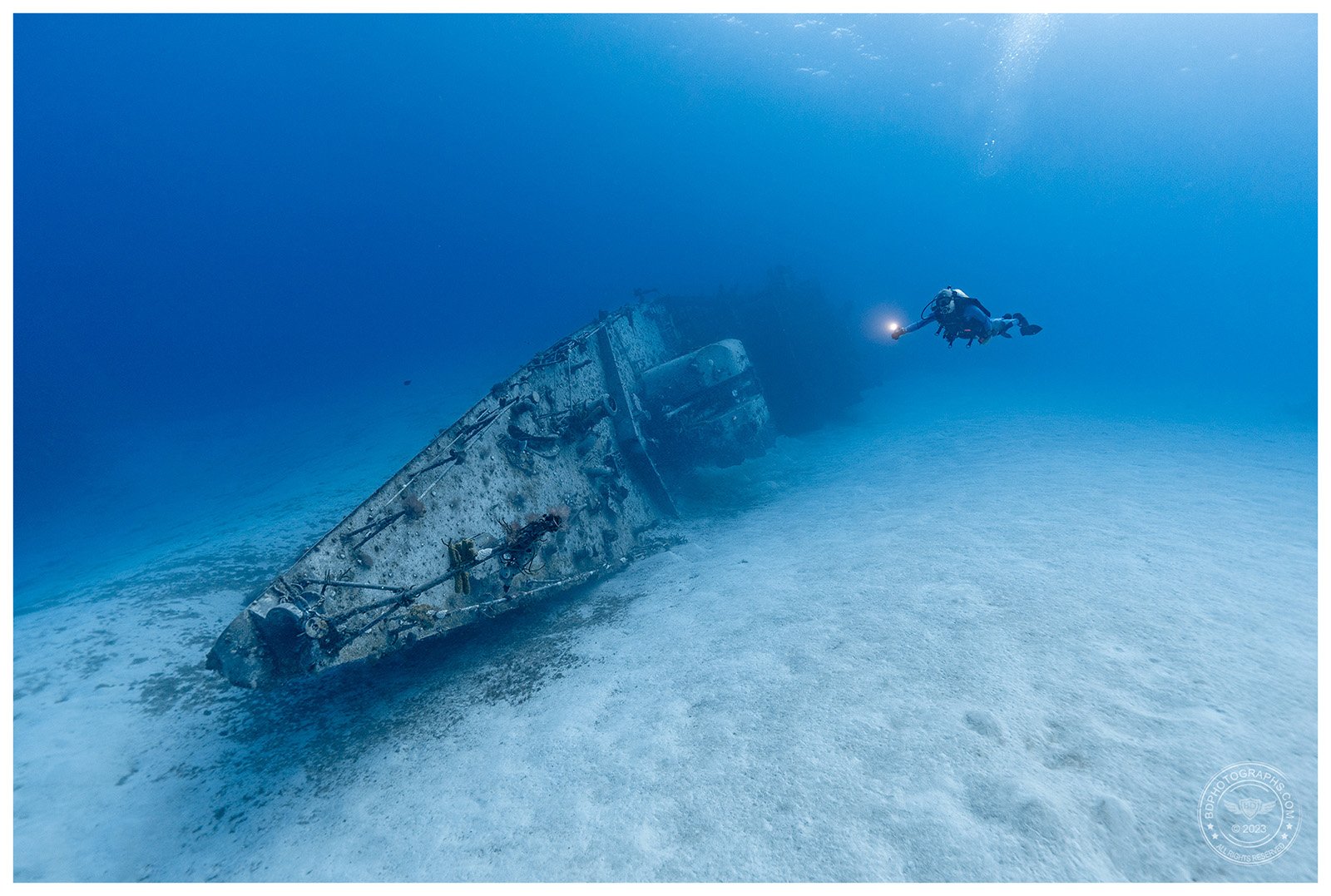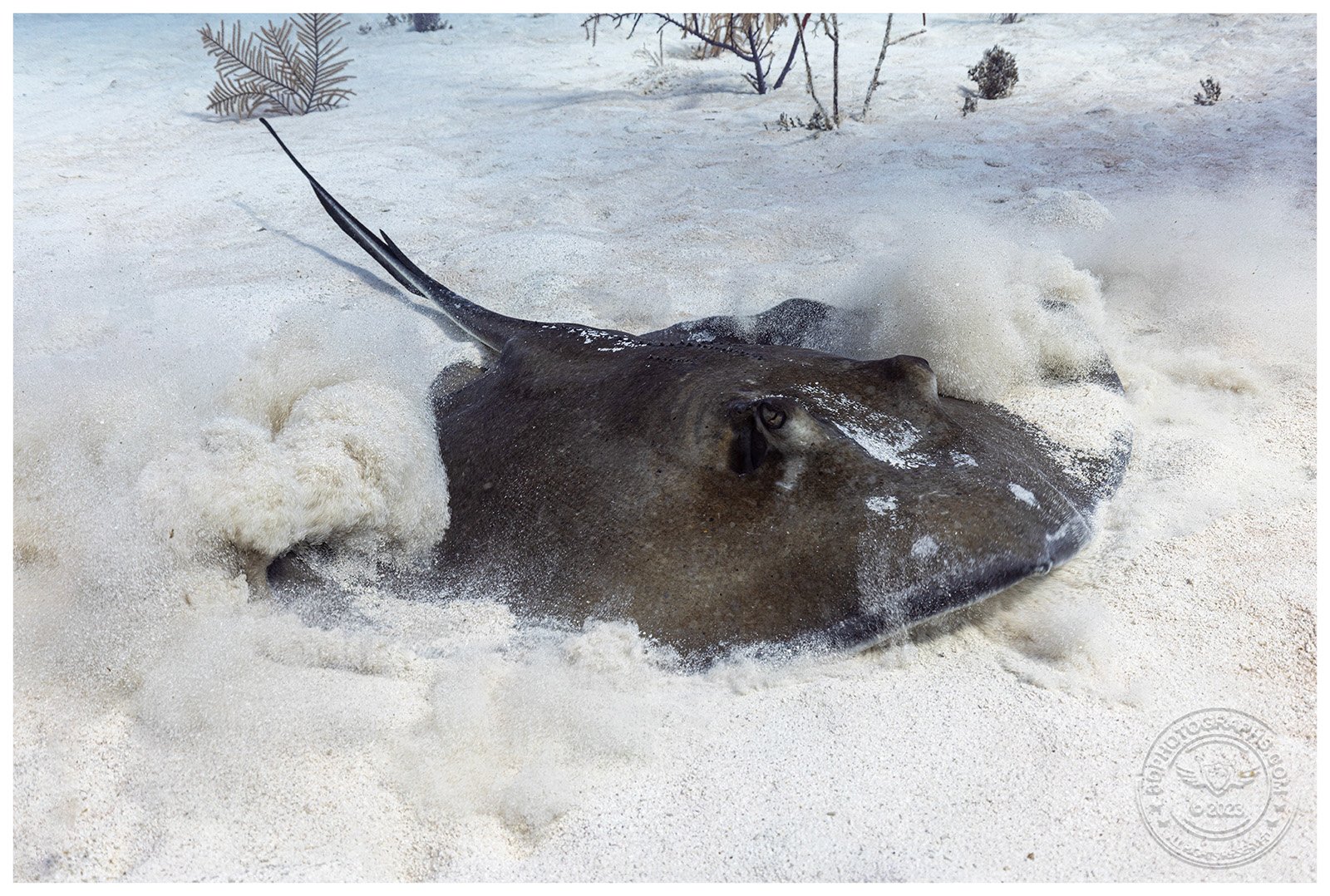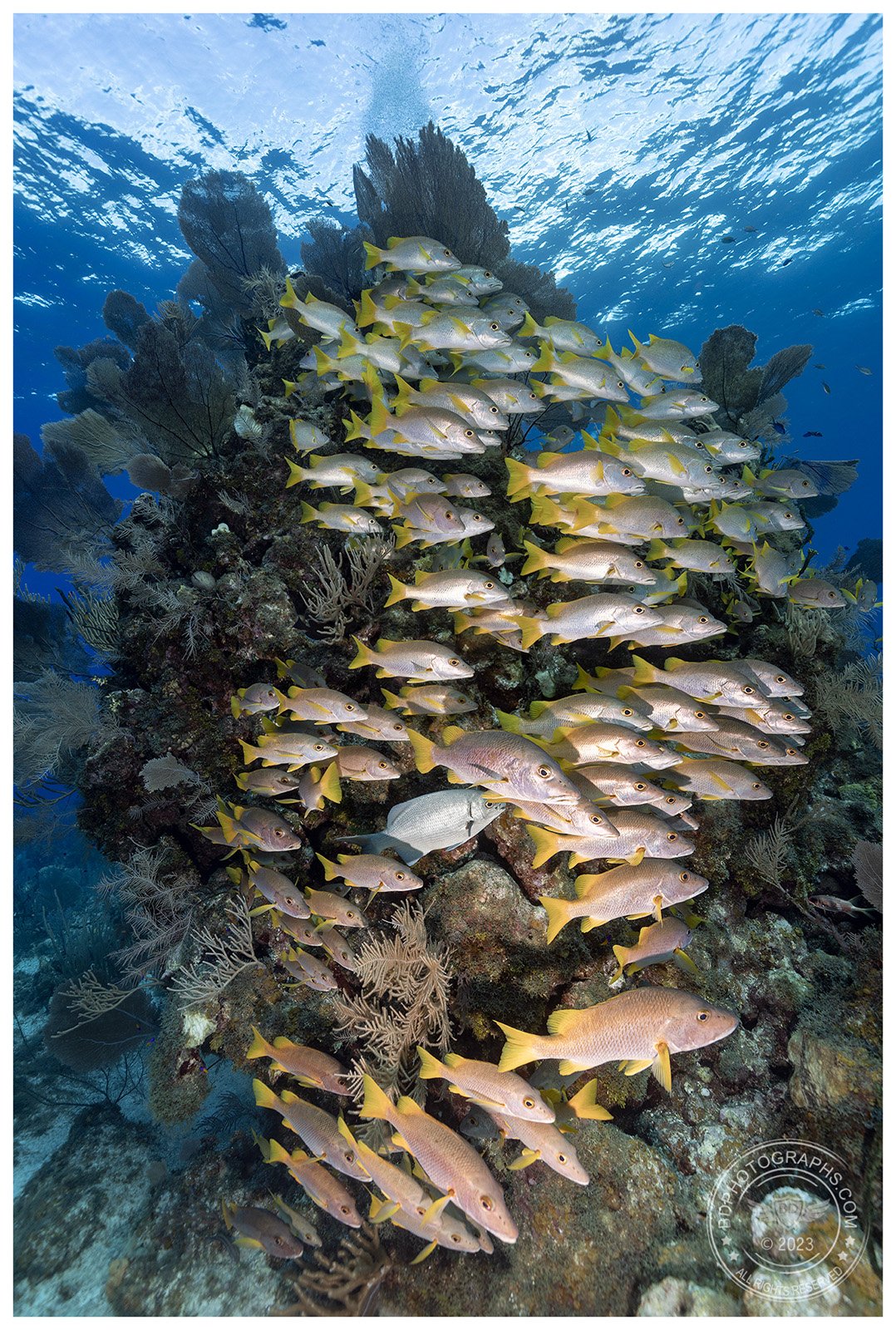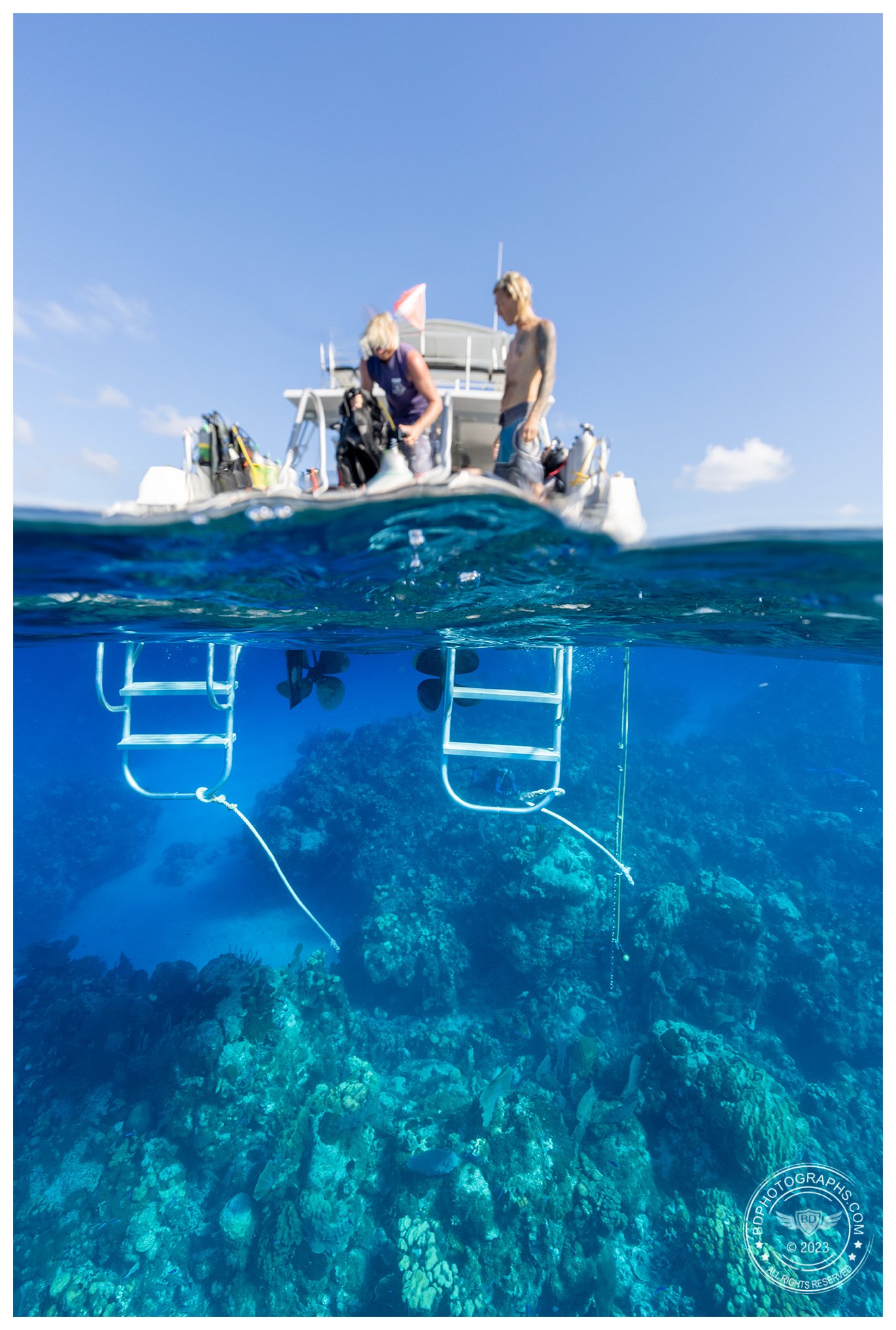Young and enchanted, I spent my childhood glued to the television whenever I could find nature documentaries. Options were limited: most of the shows aired on PBS (known in the New York City area as “channel thirteen”), and new content arrived in a slow trickle. My favorite episodes featured predators like sharks, African cats, reptiles, and wolves. One memorable program was dedicated to carnivorous plants, with close-up footage of hapless insects becoming prey items to these beautiful deadly species. I knew plants could be harmful in a defensive posture — poisonous berries, rash-inducing leaves, or painful thorns — but never before had I seen plants as predators.
The world-famous Venus Flytrap is endemic to the wetlands of the Carolinas.
Since those formative days I’ve had the opportunity to photograph many of the spectacular animal species that I first saw on TV, and more recently, I fulfilled a long-planned photoshoot of those famous carnivorous plants that I first witnessed on the small screen. In my imagination the Venus Flytrap was an exotic specimen living in a faraway jungle but it turns out this world-famous bug eater makes its home in the wetlands of the Carolinas. As I researched other species, I was astonished by the number of carnivorous plants native to the United States, including quite a few along the east coast. Some pitcher plants live in New Jersey’s Pine Barrens, Cobra Lillies grow in the Northern California meadows, and sundews are found in almost every state.
Biologically it makes sense: all of these plants live in nutrient-poor environments: bogs, wet savannah, marshy thickets; and therefore developed an adaptation to extract nutrients from prey items, primarily insects and arachnids. Many carnivorous plants have developed brilliant colorations and interesting fragrances to lure prey to their fatal traps.
Cobra lillies, pitcher plants named for their resemblance to a rearing cobra
The Southern Thread-leaved Sundew, possibly my favorite carnivorous plant
As I planned my photoshoot, I quickly learned the biggest logistical obstacle is how widespread the different species are geographically, often in inaccessible environments (think about the challenges of hiking into marshy wetlands). A better alternative, I decided, would be to visit an independent garden or nursery that specializes in carnivorous plants. It’s not my preferred approach to take photographs in controlled environments, and while I won’t pursue portfolio shots of animals in a zoo, I don’t believe the same ethical concerns exist with photographing plants in a nursery or a botanical garden. So in June I arranged a visit to the Carnivorous Plant Nursery in Maryland.
Carnivorous plants are relatively small. The Venus Flytrap — imposing on the television screen, and larger than life in Little Shop of Horrors — presents like a tiny succulent with traps usually not more than an inch long. After all, they are (as the name suggests) trapping flies and other insects of similar size. No surprise then, that this photoshoot would more closely resemble a visit to a butterfly house than a botanical garden, and my primary camera setup would attach a macro lens and flash. When shooting with artificial light, its very important to control the intensity of the flash with a diffuser. There are many varieties available for different budgets as well as home-made options. If you are a serious macro photographer, I’d recommend the AK diffuser.
Although it looks like this fly is about to become dinner, it has already been consumed… the digestive enzymes dissolve the soft parts of the prey and leave behind the exoskeleton
Generally carnivorous plants fall into four different categories:
Most pitcher plants of the Nepenthes genus are old-world tropical varieties
1) Venus Flytraps are a single species with multiple variants and hybrids. Flytraps ensnare prey items in their collapsible leaf ends using sophisticated triggers to trip the jaw-like traps.
2) Pitcher plants of both tropical and temperate varieties drown their prey in deep vertical reservoirs. Downward-facing slippery hairs along the sides of the traps make it almost impossible for victims to climb out and escape. Cobra Lillies also trap their victims inside long vertical tubes. Their translucent bulbs fool trapped insects with the illusion of false exits, while the real escape route remains hidden.
3) Sundews are living glue traps. Tiny sticky droplets not only reflect light with dazzling effects, they grip the unsuspecting insects that land on them.
4) Bladderworts hold their traps underwater on the surface of ponds and marshes, using a high pressure mechanism to suck in tiny organisms that brush against the trigger hairs.
Sundews are living glue traps. The come in a variety of spectacular colors.
Most of these images were created by shooting multiple exposures in rapid succession and compiling the result using software. Close-up photography is necessarily limited by very shallow depth of field (in other words, only a narrow portion of the image is in focus.)
Venus Flytrap — Akai Ryu variant, aka "Red Dragon". See the behind the scenes image below.
You can witness this effect by holding a spoon very close to your face and focusing your eyes on it — notice how everything other than the spoon becomes very blurry. To expand the area that is in focus, the camera moves the focal point gradually with each exposure and the raw images are then “stacked” in post-production. The result achieves a far greater in-focus area than any single exposure. In some instances a few dozen exposures might be required to produce a satisfactory outcome, but in this set the final images are stacks of about 10 to 20 raw exposures.
North American pitcher plants belong to the genus Sarracenia
Photographing the Venus Flytrap — Akai Ryu variant, aka "Red Dragon". The large black cone on my camera rig is a flash diffuser to soften each burst of artificial light.
If you’re interested in nature macro photography, I highly recommend starting out with small plants rather than live insects or small animals. Absent a breeze, plants keep still and are much more cooperative subjects. Houseplants allow you to shoot without leaving home. Christmas trees and their ornaments make great practice subjects, especially when there is less opportunity to shoot outside. And of course, botanical gardens, arboretums, and nurseries are wonderful places to create beautiful images of plants — carnivorous or otherwise :)










